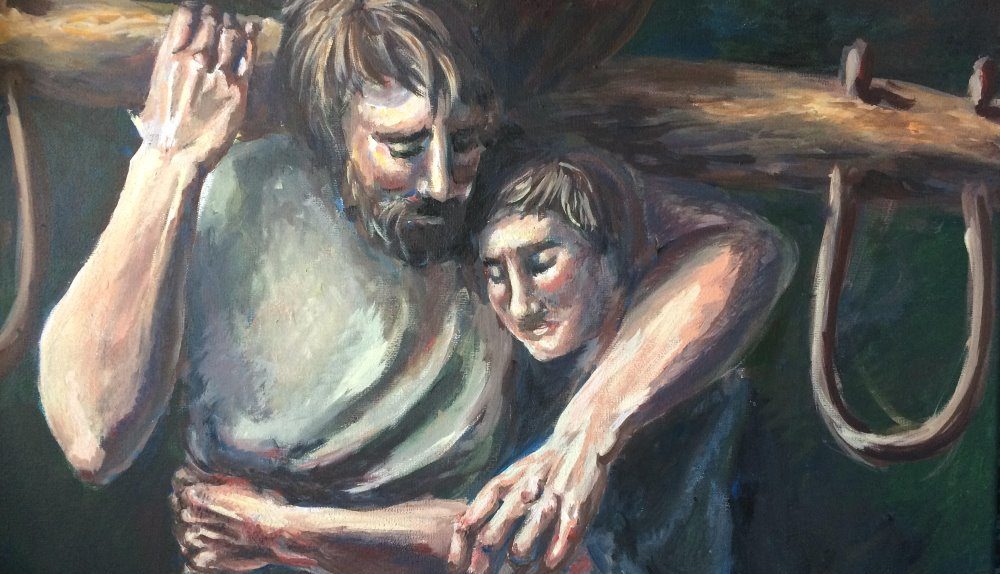My hope, prayer, and dream for my art is that it may inspire you and help you to have a more intimate experience of God.
Art


My hope, prayer, and dream for my art is that it may inspire you and help you to have a more intimate experience of God.